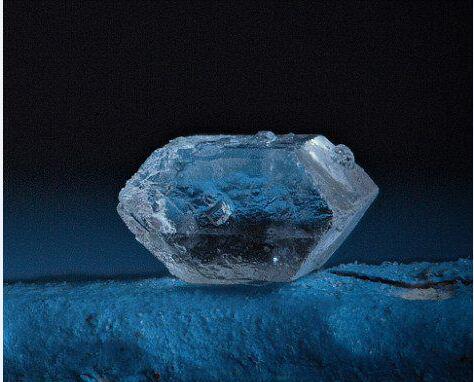These are the three commonly used solutions to make crystals. How the peristaltic dosing pump is added to the DKDP crystal growth process?
What is DKDP crystal?
DKDP crystal is a kind of crystal with nonlinear optical properties, which was usually grown by cooling method in the past. However, due to the problem of two phases in the growth of DKDP crystals (two phases here refers to two crystal phases, one is a tetragonal structure and is called a tetragonal variant. The other is a monoclinic structure, called a monoclinic variant. ), resulting in a cooling range of 43 to 15 °C and a narrow cooling space. Therefore, more heavy water needs to be used, and the cost is higher. Before we understand the research on DKDP crystal growth, we first need to know how the solution-based crystal is operated. Only in this way can we better understand the DKDP crystal growth process. The following will introduce the operation process of the solution-based crystal.
How to use Lead Fluid low flow rate peristaltic pump to promote DKDP crystal growth?
Using the Lead Fluid variable speed peristaltic pump, the speed can be adjusted, and the growth temperature of the DKDP crystal can be kept constant at 35 °C. The DKDP crystal is continuously produced by constant temperature.
Growth process:
- Put the prepared DKDP solution with a saturation point of 40°C into a flask, and heat it in a thermostatic electric heating bowl to keep the temperature of the DKDP solution at about 50°C.
- Use the dosing peristaltic pump to slowly drop the DKDP solution in the flask into the grower for growing DKDP crystals. What should be paid attention to here is the control of the flow rate of the peristaltic pump also can choose Lead Fluid flow type peristaltic pump, wait until the DKDP solution in the grower reaches a certain volume, and then use another peristaltic pump (recommended to use the same model configuration as the first peristaltic pump) to transfer the liquid in the grower to a conical flask. Take care to keep the volume of the solution in the grower constant at a certain value.
- The solution in the Erlenmeyer flask was prepared into a DKDP solution with a saturation point of 40 °C and poured into the flask for secondary circulation.In this way, through continuous circulation, a small amount of heavy water can be used to produce a larger size DKDP crystal, which greatly reduces the production cost, and the DKDP crystal grows at a constant temperature, which overcomes the influence of temperature fluctuations on the crystal quality and achieves low cost. high output.
Three commonly used solutions to make crystals.
Volatilization method: The saturated or nearly saturated solution is allowed to stand. Allow the solution to evaporate slowly, allowing the solute to crystallize out.
Thermometric method: Slowly cool a hot saturated solution. As a result, the temperature decreases, the solubility decreases, and the solute crystals condense out. (This method is used in this article)
Diffusion method: Slowly add a solvent (in which the solubility of the solute is small, but the whole is mixed) onto the surface of the original solution (forming a layer) and let it sit. The solvent slowly diffuses and dissolves, and the solute crystallizes out.
